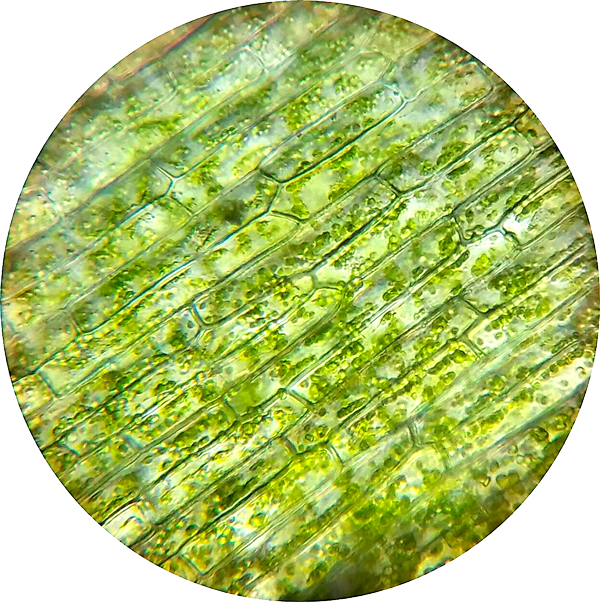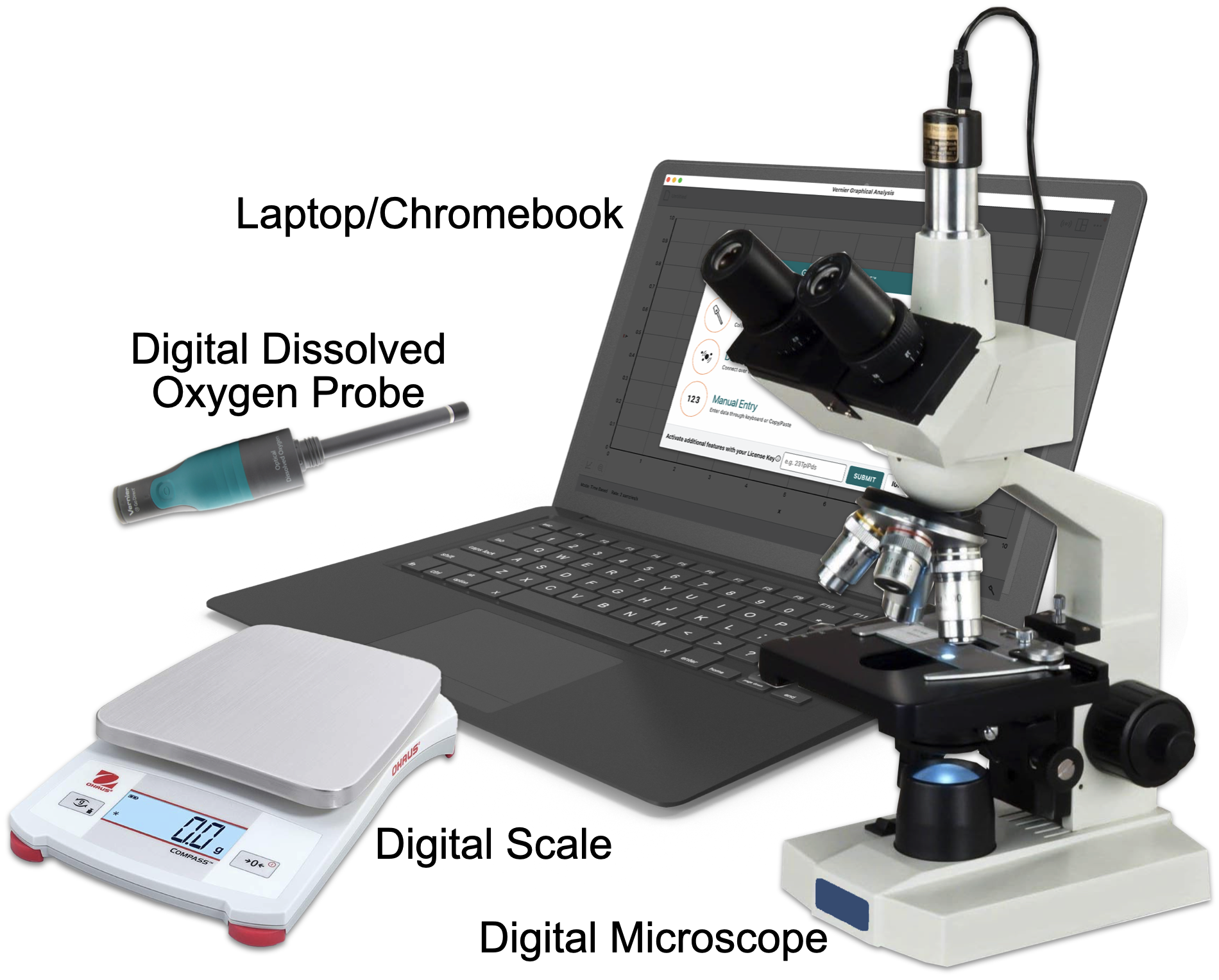Teacher Portal
Photosynthesis
CELL Guide
CELL Guide
Photosynthesis

LabLearner’s 3-D Approach to Scientific Inquiry
Phase 1 – Defined Understanding
The defined boundaries of this phase provide a framework for engaging parents and identifying students’ current knowledge of the key topic(s) explored in this CELL.
Phase 2 – Dynamic Understanding
Change, activity, and progress characterize the dynamic phase. Its design will enable you to enhance students’ existing skills, interests, and understanding, as well as meaningfully build new ones.
Phase 3 – Deeper Understanding
By this point, students have moved through powerful and purposeful tasks that had them actively and intentionally construct an understanding of concepts. In this final phase, students will consolidate knowledge and make deeper connections among ideas.
Phase 1 – Defined Understanding
► Questions to Investigate in this CELL
- Which pigments or colors are present in spinach leaves?
- How do light and photosynthesis affect carbon dioxide levels?
- How do light and photosynthesis affect oxygen levels?
- What is the importance of light in photosynthesis?
- In which parts of the plant does photosynthesis occur?
- In which parts of a Coleus leaf does photosynthesis occur?
- Which pigment is required for photosynthesis?
Water Plant Tissue (Showing Chloroplasts)
► Parent Newsletter
Encourage parents to connect to their child’s learning by providing them with a framework of the CELL. Use this link to access and share the Parent Newsletter.
► Baseline Assessment
Assess students’ current knowledge of the topic(s) being explored then set instructional and student learning goals. Use this link to schedule then invite students to take the Pre-test for the CELL.
Phase 2 – Dynamic Understanding
► Introduction and Fun Facts
Enhance your conceptual understanding by reading the student-level research on the topic(s) being explored. Use this link to access the research.
____________________________________________
► Links to Investigations
Go directly to the Investigation you are working on by clicking on a link below:
► Investigation 1
► Investigation 2
► Investigation 3
► Investigation 4
► CELL Vocabulary
Investigation 1:
- Photosynthesis: process carried out by bacteria, algae, and higher-order plants in which energy derived from light is converted into the energy of chemical bonds. It consists of light reactions and dark reactions.
- Chloroplasts: cytoplasmic organelles present in plant cells
- Chlorophyll: the green pigment found in the chloroplasts of plants
- Carbon dioxide: a gas that is necessary for photosynthetic reactions
- Oxygen: a gas that is a product of photosynthetic reactions and necessary for the life of animals and other living organisms
Investigation 2:
- pH: a property of matter which describes the acidity or alkalinity of a substance. A pH of 7 indicates a neutral substance, lower than 7 indicates that the substance has acidic properties, and greater than 7 indicates that the substance has basic properties.
Investigation 3:
- There are no Key Terms introduced in Investigation 3.
Investigation 4:
- There are no Key Terms introduced in Investigation 4.
► Access Scoring Rubric
Examine the scoring rubric for this CELL so that you know what your teacher is looking for in terms of performance.
Tips for Success:
Google Classroom
Phase 3 – Deeper Understanding
►Deep Analysis Classroom Discussion
These questions can be used to elicit in-depth discussions based on the lab experience. Teachers may use any or all of these discussion points depending on the time available. All Investigations‘ Deep Analysis questions as well as the Comprehension Check for the entire CELL are found on this link.
► Summative Assessment
Evaluate student learning at the end of the CELL by comparing the Summative Assessment to students’ Baseline Assessments. Use this link to schedule then invite students to take the Post-test for the CELL.


